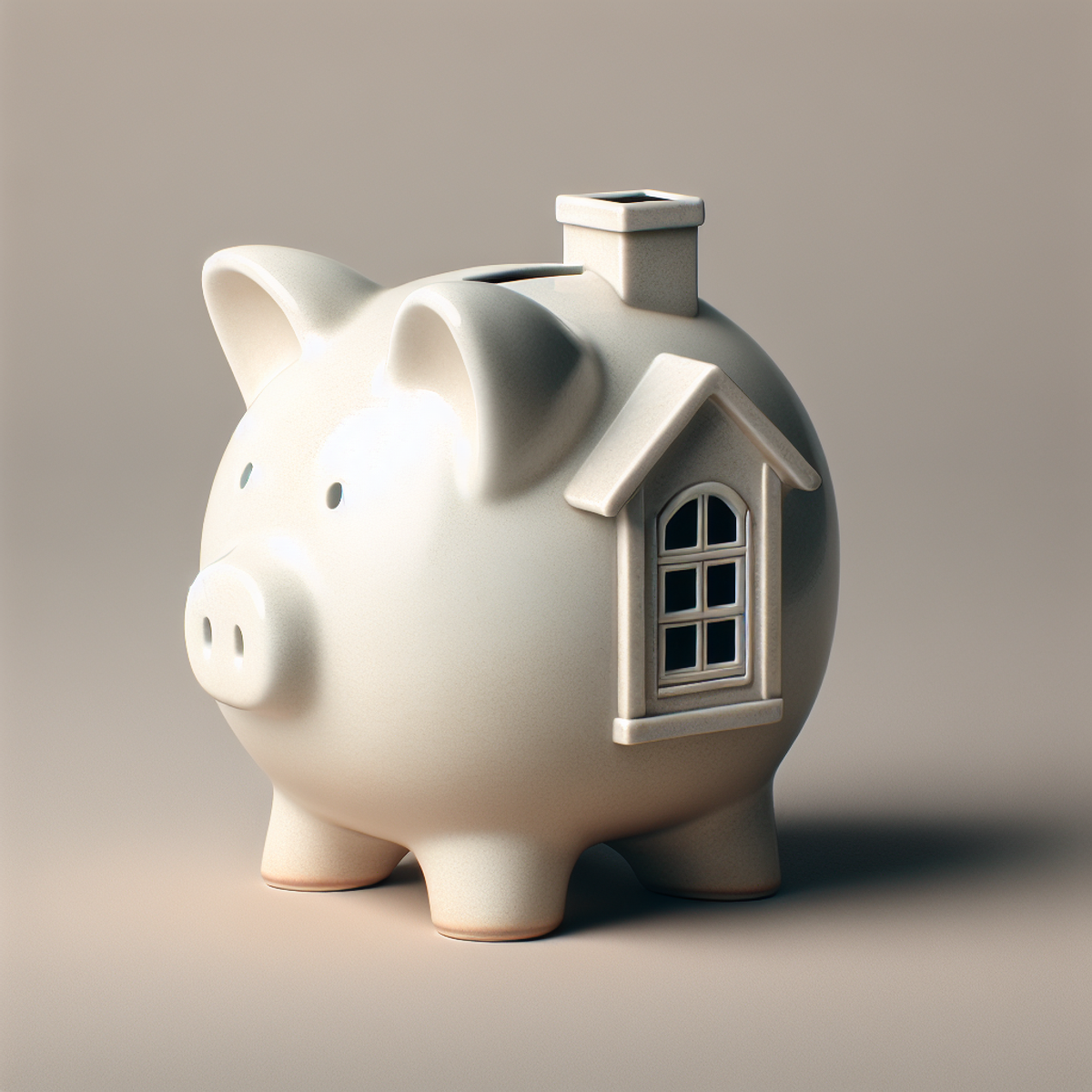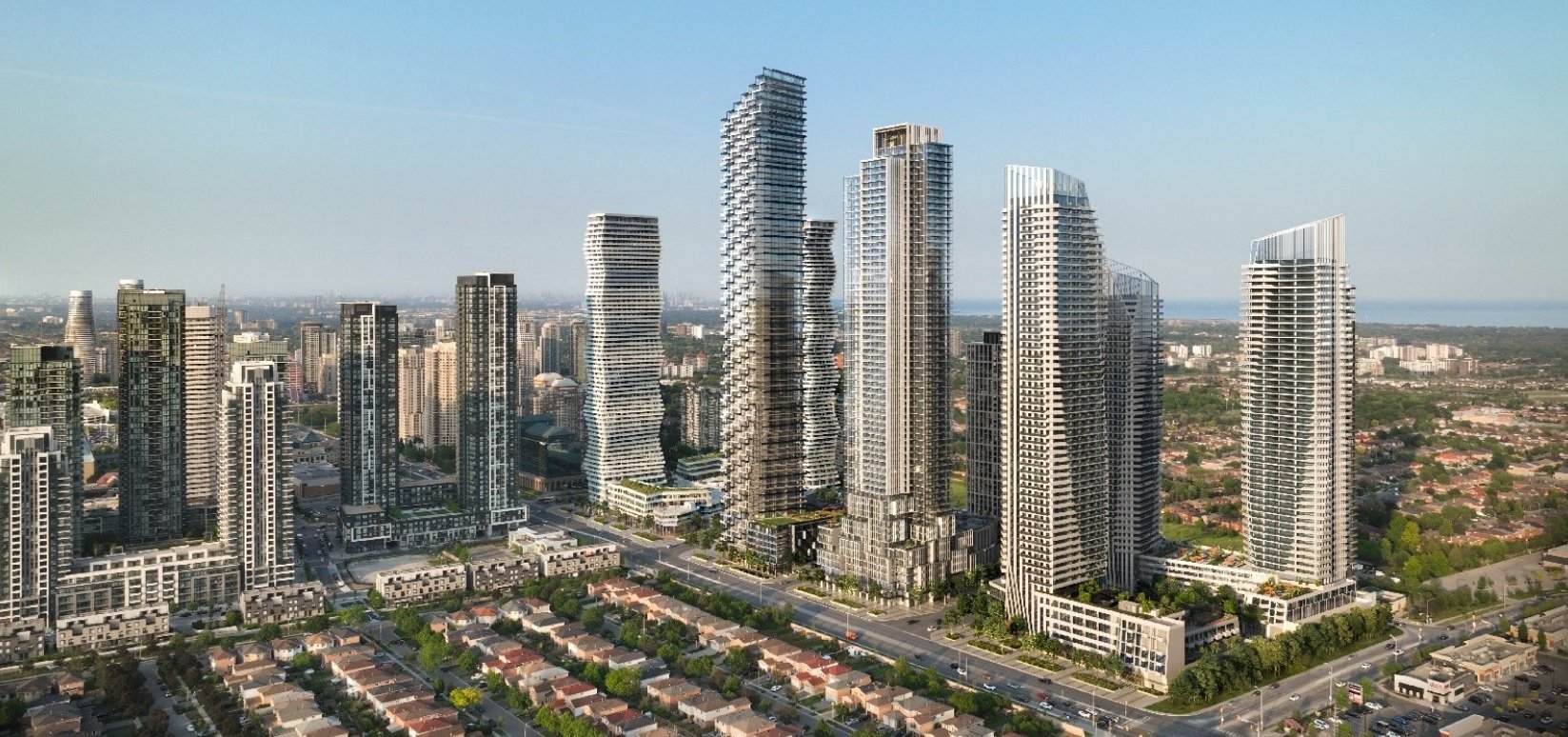Just like anywhere else, buying and owning an apartment in Canada is different than having a house. The house comes with the land it is built on and more. Simply put, you are buying a piece of land and everything within its perimeters – the house, the trees, the mines and minerals, and other improvements built on it. You have the absolute right to everything on, over, and under – within the boundaries of the land.
When buying a condo, land ownership and rights are not as straightforward as buying a landed property. Here are the key aspects unique to condo ownership in Canada;
The Common Property – These are the areas open to all residents and their guests. These include the hallways, elevators, common balconies, courtyards, common parking lots, reception areas, recreation rooms and lawns and gardens surrounding the building and within the complex area. All residents own a fraction of the common areas. If there are 100 units in the building, everyone owns 1/100 of the common areas. Access is for everybody, but ownership is not.
Monthly Dues and Maintenance of Common Areas – As the ownership of common areas is shared, so is responsibility. Therefore, maintenance is shared among homeowners. Any changes, repairs, and upgrades of common property are to be consulted with, discussed, and paid by the owners. A monthly fee is collected from the residents. The money is used to fund projects, repairs and other day-to-day expenses of running a condominium.
Examples of Common Properties and Responsibilities
- Hallway floors, walls and ceilings
- Water pipes, air shafts, electric cables and wires outside of private areas.
- Overheard water tank
- The building facilities – the gym, tennis court and swimming pool.
- Gardens, driveways, and pathways
- Exterior walls of the building
- Roof, gutters, and downpipes
- Common parking areas
- Reception areas
What individuals own and have total control with:
- Interior walls, ceiling and floor of the condo unit
- Water pipes, air shafts, electric cables and wires inside the unit.
- The private balcony
- Locks to any assigned or titled storage
The Condominium Corporation – The condominium corporations of Canadian condos are homeowners elected to represent the entirety. It is headed by the Council or board of directors who are nominated and voted upon by the homeowners themselves. The primary role of the council is to discuss and decide on issues concerning the building or apartment complex as a whole. Examples of committee discussions could include prioritization of projects, allocation of funds, pet restrictions or which company of roof cleaners to hire.
The Condominium’s By-Laws – Canadian condominium corporations are run by a set of rules called the condominium’s by-laws. Residents and homeowners of the community are expected to respect and adhere to the by-laws. These rules are in place to protect the residents and the property. All new owners and renters are required to agree in writing.
The Building Manager – The building manager can be a person, or a company hired by the council to oversee the property. The person usually has an office within the premises and is the go-to person for all building enquiries and assistance. The manager collects the monthly fees, post announcements, hires and pays maintenance services, pays bills and keeps records of the committee. Self-managed condominiums do not have a hired manager. Instead, the board of directors and/or some of the residents, volunteer for the job.




